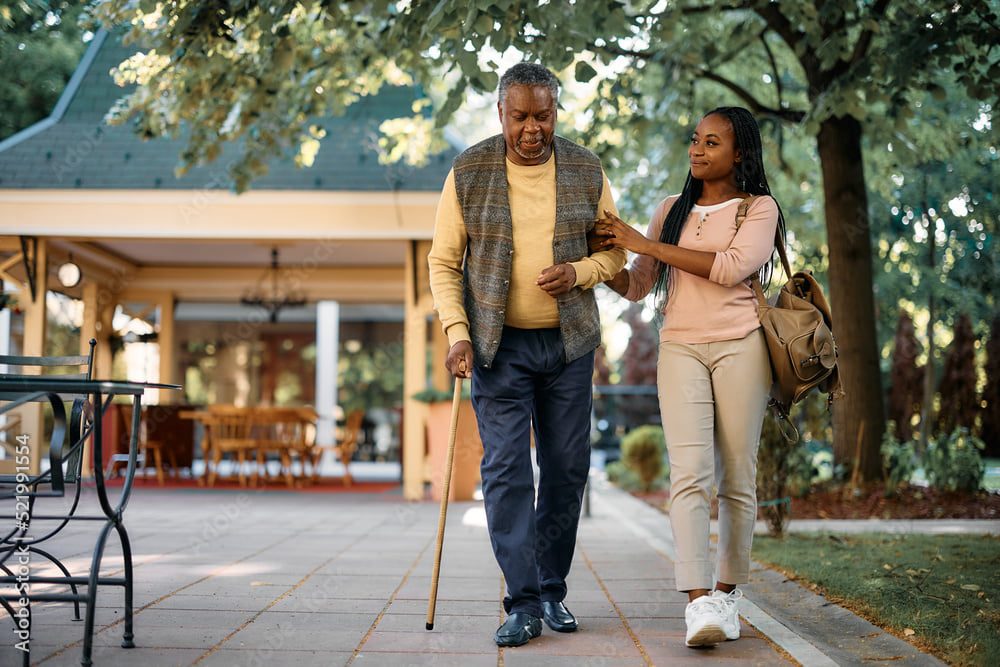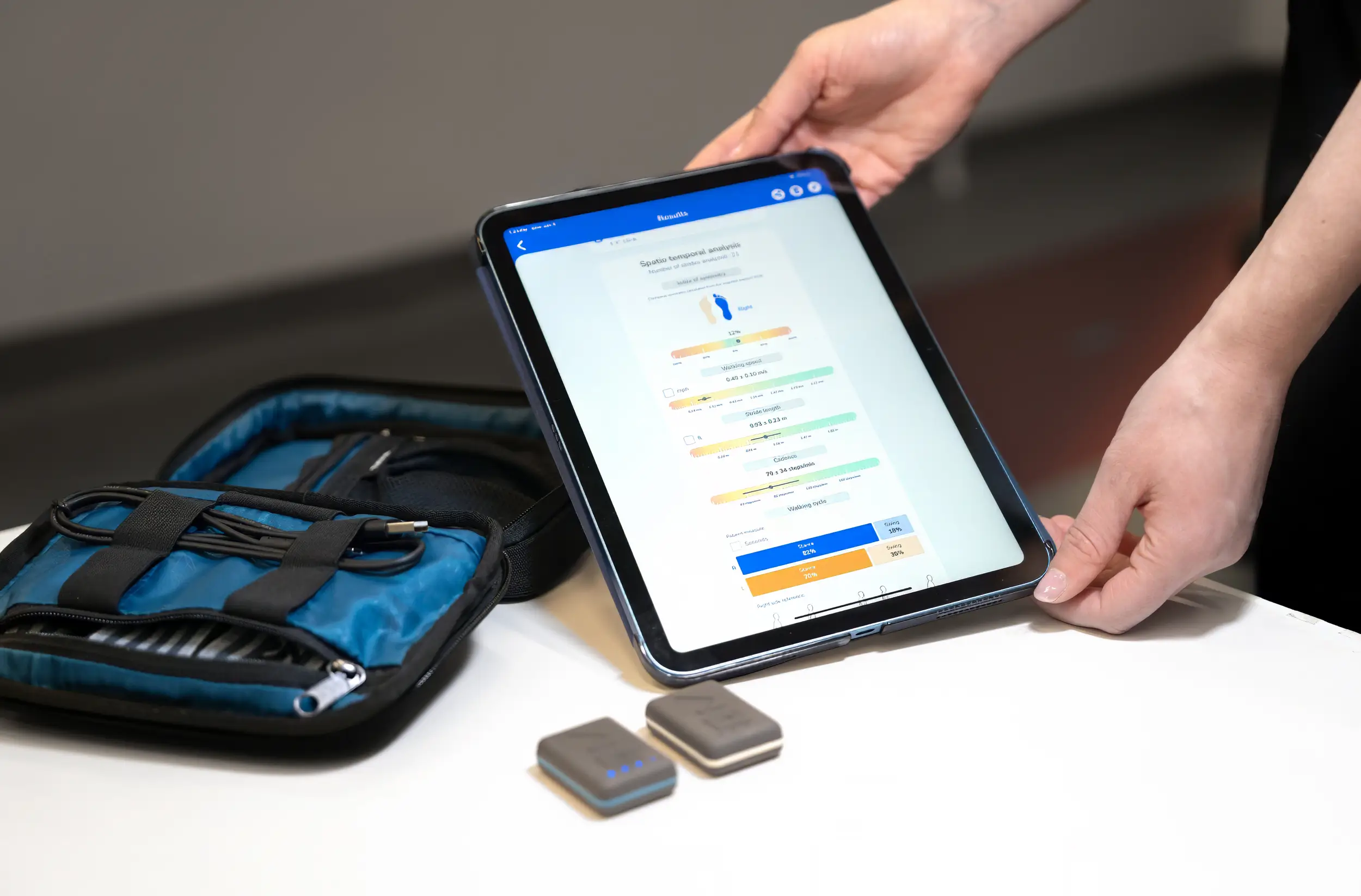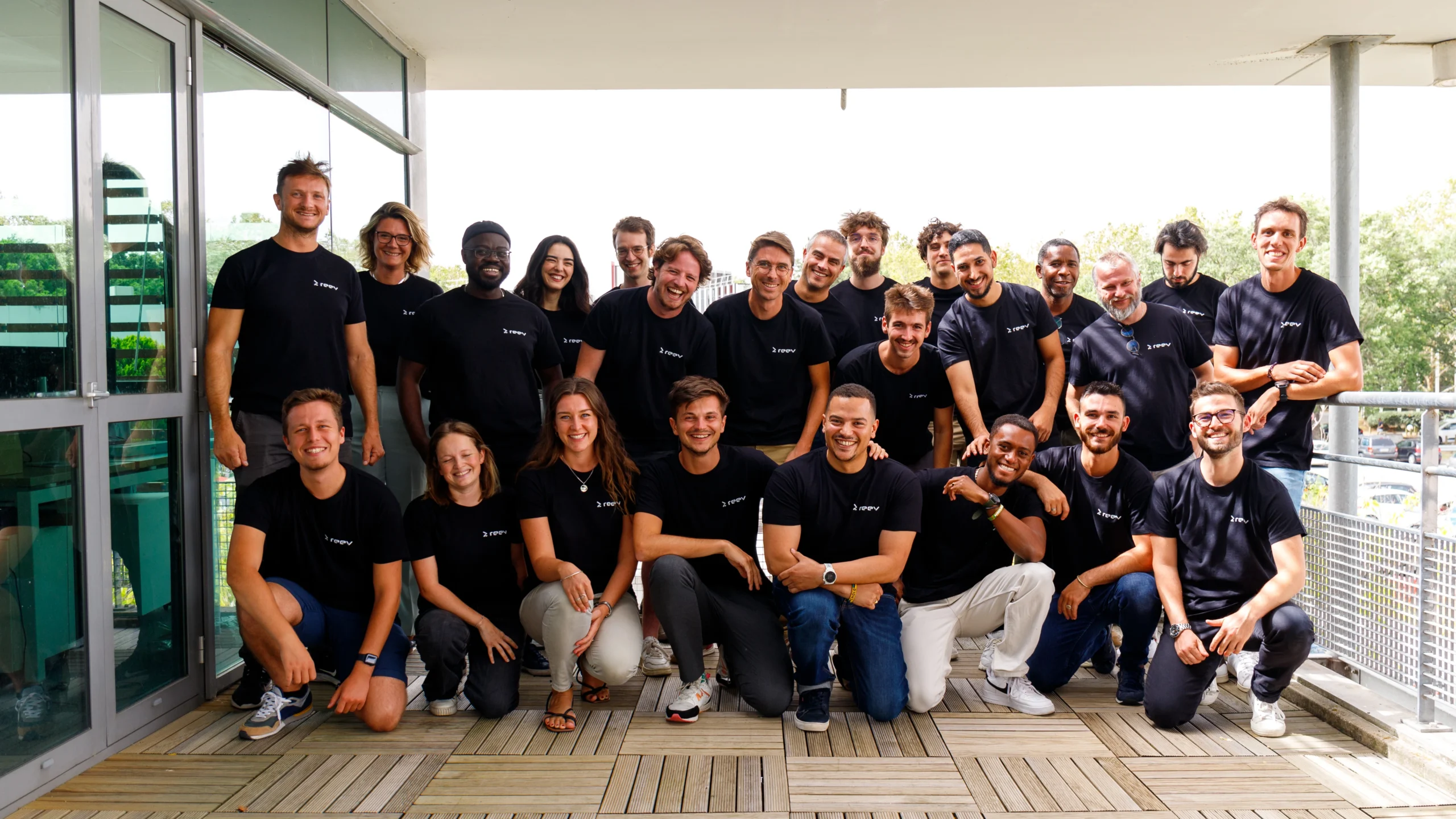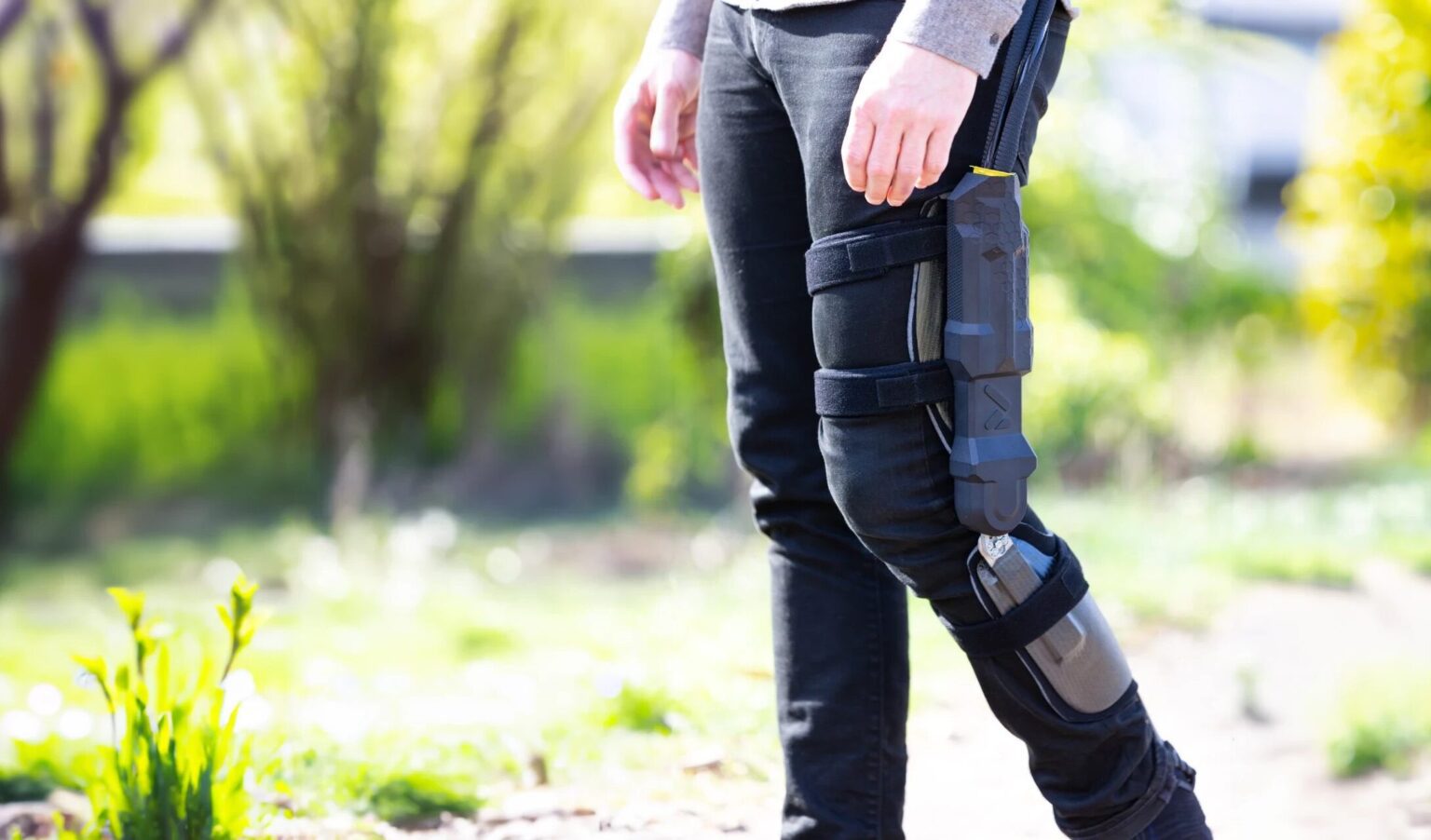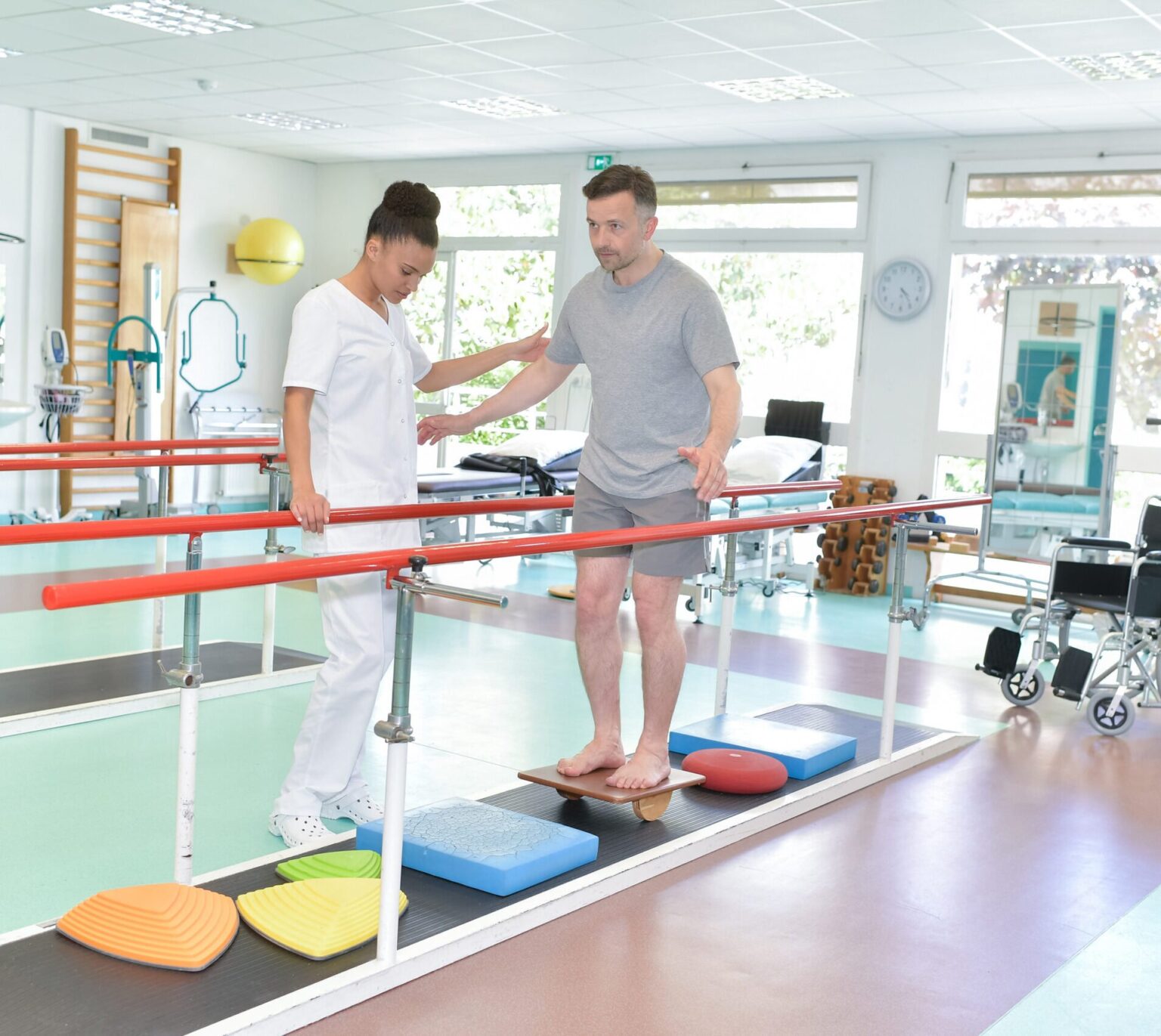Partial Paraplegia is a condition that affects the movement and sensation of certain parts of the body. It can be caused by a spinal cord injury or a neurological disease such as multiple sclerosis or cervical myelopathy.
Key facts about partial paraplegia in the world:
- According to the World Health Organization (WHO), approximately 5 million people worldwide are affected by partial paraplegia, and this number is constantly increasing.
- Partial paraplegia is more common in men than women, with a male-to-female ratio of 2:1.
- The most common causes of partial paraplegia are road accidents, falls, and sports injuries, followed by degenerative diseases such as multiple sclerosis and cervical myelopathy.
- According to a study published in the Journal of Spinal Cord Medicine, people with partial paraplegia are more susceptible to certain health complications such as obesity, diabetes, and heart disorders.
- The progress made in the field of treatment and rehabilitation has greatly improved the prospects for people with partial paraplegia, and many of them are able to lead a productive and fulfilling life.However, it is important to maintain an appropriate level of physical activity and follow recommended health advice to prevent health complications and improve quality of life.
Living Better with Partial Paraplegia
Although partial paraplegia can be a daily challenge, it is perfectly possible to maintain an appropriate level of physical activity and follow recommended health advice to improve quality of life.
Here are some tips we have distilled for you to help improve your physical condition:
1. Start slowly:
If you have not exercised for a while, start with low-intensity activities such as walking, swimming, or stationary cycling.
Gradually increase the intensity and duration of your workout sessions as your fitness improves.
2. Consult a health professional:
Before starting an exercise program, it is important to consult a doctor or physiotherapist to determine the activities that are best suited to your condition and fitness level. They can also help you establish realistic goals and avoid activities that may be too intense or risky.
It is also important to have a good medical follow-up in parallel with your physical activity. Your doctor can help you monitor your progress and detect any potential problems.
If you are taking medication, it is crucial to discuss with your doctor how exercise can affect their efficacy and to take the necessary measures to avoid any health issues.
3. Do strength training:
Strength training can strengthen muscles, improve movement ability, and perform daily life activities. It may be a challenge for people with partial paraplegia, but there are adapted exercises and equipment available to help.
A physiotherapist can help design a safe and effective strength training program.
4. Don’t neglect stretching:
Stretching can help maintain flexibility and prevent injury. If you have difficulty stretching certain parts of your body, you can use aids such as massage balls or foam rollers to help you reach certain areas.
5. Be creative:
If you have trouble finding activities that suit your physical condition, don’t hesitate to be creative and explore new options. For example, you can try adapted sports such as table tennis, wheelchair basketball, or adaptive yoga.
The key is to start at your own pace and enjoy it!
6. Adapt your diet
A healthy and balanced diet can be particularly important for people with partial paralysis, as they may be more prone to certain health complications, such as obesity, diabetes, and heart disease.
It is recommended to eat a variety of fruits, vegetables, lean proteins, and whole grains, and limit foods high in sugar, saturated fat, and sodium.
According to a study published in the Journal of Rehabilitation Medicine, a healthy diet can help prevent weight loss and maintain good overall health in people with partial paralysis.
Our solution to regain mobility

In order to help you regain mobility on a daily basis, we have developed a motorized medical orthosis that accompanies your daily movements and reduces the effort required to walk, sit down, stand up or climb stairs: DREEVEN.
DREEVEN will also allow you to do resistive rehabilitation exercises at home to progress at your own pace. And thanks to its full-day autonomy and its lightness, it will allow you to move longer and further each day.
Subscribe to our newsletter to follow the development of DREEVEN and become a tester!

